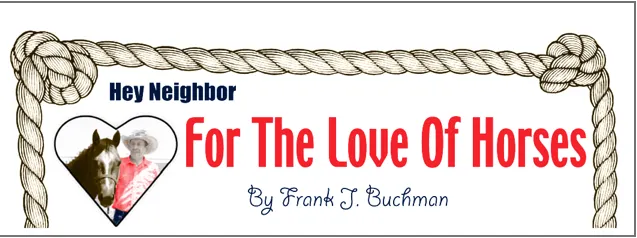By Frank J. Buchman
Farmers, landowners and anyone actively engaged in agriculture production must soon make decisions regarding options that are available in the new Farm Bill.
Paula Vohs representing Cargill Crop Insurance was most emphatic in her opening remarks for the special luncheon discussion hosted by Webb & Associates Auctioneers and Appraisers at Overland Park, prior to Johnson County land auctions conducted there.
First question among the three dozen producers in attendance likely may have been: “Why is Cargill talking about the Farm Bill?”
In anticipation, Vohs clarified: “We want to help you make better informed decisions, and understand the tie between the 2014 Farm Bill and crop insurance policy to best utilize both and plan marketing around them.”
Continuing, Vohs explained: “The Agricultural Act of 2014 offers new programs and more choices than ever before. To better understand and make the right decision concerning these options, everybody involved must get an appointment as quickly as possible at the Farm Service Agency office serving the agriculture land that is identified only by a farm number.”
In previous Farm Bills, the decisions to participate in various commodity and crop insurance programs were not necessarily intertwined.
“However, with an ever-increasing focus on risk management and a strong emphasis on crop insurance, the Farm Bill introduces new interactions between commodity and crop insurance programs,” Vohs said.
Direct payments provided to crop producers regardless of financial loss in the three previous Farm Bills are gone.
To effectively manage risk in their operations, producers should consider analyzing their entire farm and risk management “portfolio,” which would include projected market revenue, farm commodity payments, and crop insurance indemnities, the speaker said.
“Most importantly, enrollment in the new commodity programs will be a one-time, irrevocable decision this month, or early 2015, so it is essential for producers to go to their Farm Service Agency office immediately to determine the mix of programs that offers the most effective safety net over the next four to five years, versus the program with the largest government payment in a particular year,” Vohs pointed out.
Unlike the Average Crop Revenue Election (ACRE) program in the 2008 Farm Bill where payments were tied to planted acres of covered commodities up to the number of base acres, the new commodity programs are paid on base acres of covered commodities.
Choices for covered commodities include:
1) Landowner chooses to retain or reallocate base acreage.
2) Landowner chooses to retain or update payment yields.
3) Producer or landowner chooses to enroll base acres in Price Loss Coverage (PLC), farm-level Agriculture Risk Coverage (ARC), or county-level Agriculture Risk Coverage (ARC).
4) Producer chooses to purchase an individual insurance policy on planted acres.
5) If producer is not enrolled in farm-level or county-level ARC, there is an option to purchase a new supplemental insurance product, called the Supplemental Coverage Option (SCO), on planted acres.
Direct payments that have been a key component of the producer safety net since 1996 have been eliminated as have Counter-Cyclical Program payments available since 2002.
Initially, crop producers and landowners will need to decide whether they want to reallocate their base acres which would serve to more closely align base acres to recent plantings. The major decision is whether they want to choose farm-level ARC, county-level ARC, or PLC.
“Since this decision will stay with the farm for the life of the Farm Bill, producers are encouraged to consider which choice they feel the most comfortable with over the next five years rather than which might provide a short-term payment,” Vohs restated.
Each producer will need to make this decision for every covered commodity grown on each farm. Once this decision is made, payment yields can be updated for any commodity enrolled in PLC.
“While these decisions may seem complicated for even an average size farm, it is important to note that the safety net provided in this Farm Bill can be especially strong if producers will take the time to tailor their farm program choices to each of their farms. Once these decisions are made, there are several crop insurance changes that can also be considered,” Vohs said.
“Information on the 2014 Farm is always changing and still being defined, while additional rules are being written. This is a one-time opportunity to determine the future of your farm for the next five years.
“Farmers, landowners and anyone actively engaged in agriculture production must go to their Farm Service Agency office and discuss options that are available in the new Farm Bill,” Vohs concluded.
Col. Dave Webb served as announcer and bid taker, as Col. Kevin Borger representing Webb & Associates Auctioneers and Appraisers of Stilwell conducted two successful Johnson County real estate auctions. Later that evening, the firm hosted a reception for Pioneer Bluffs at Matfield Green.



